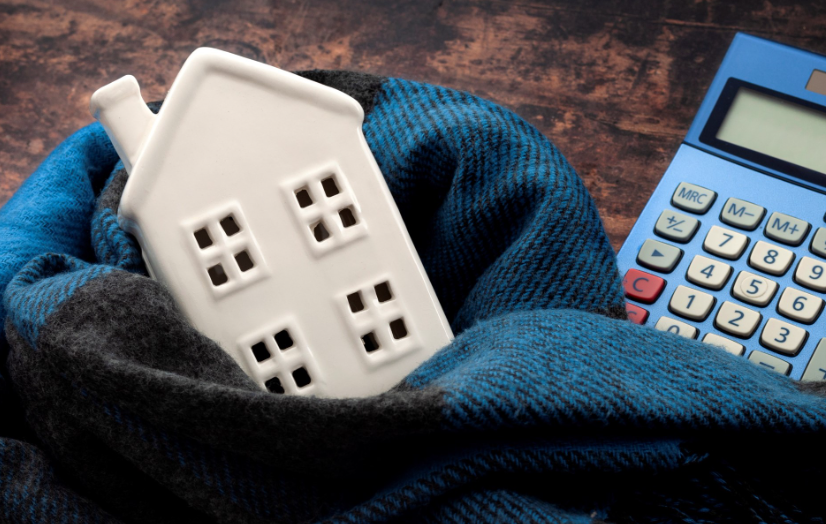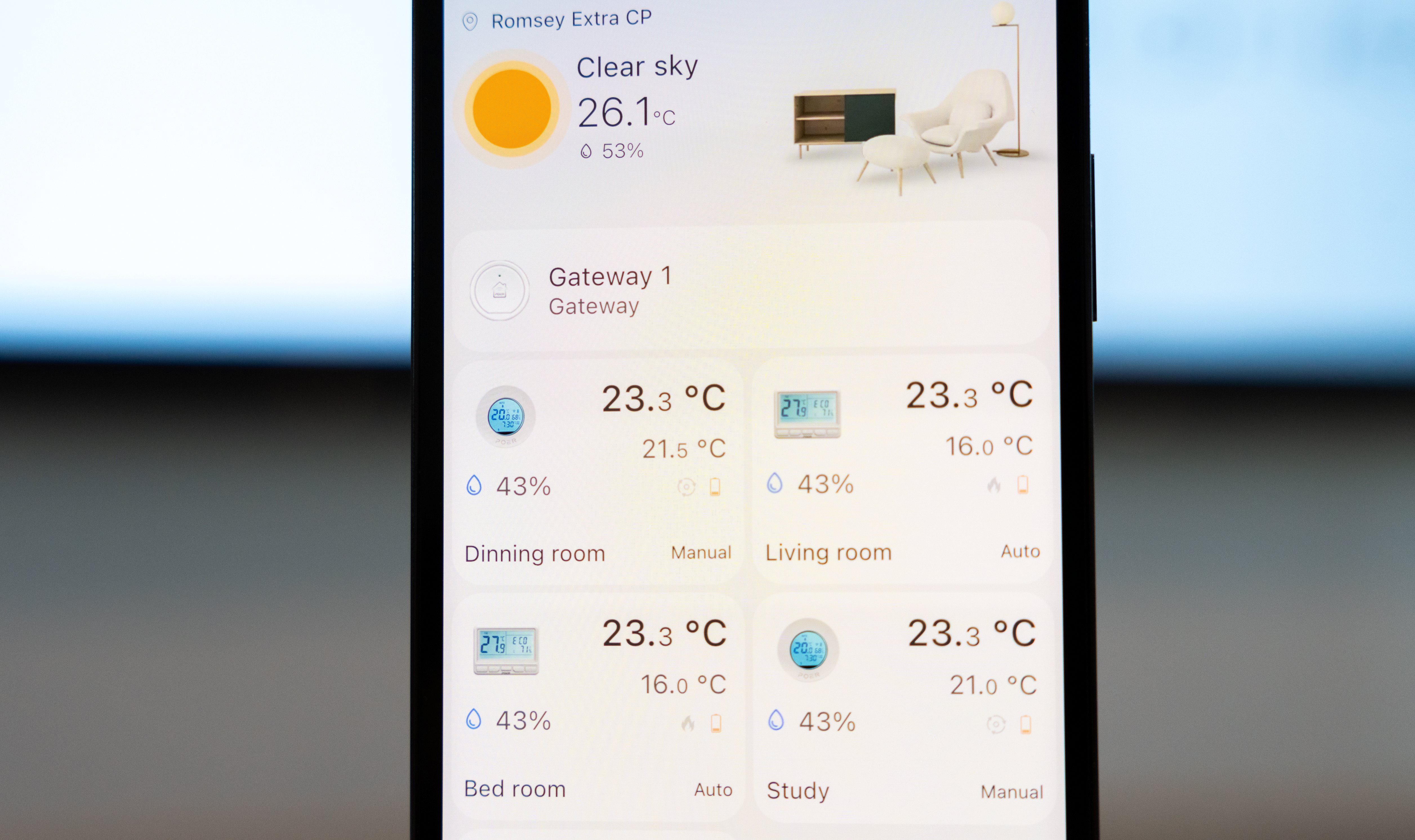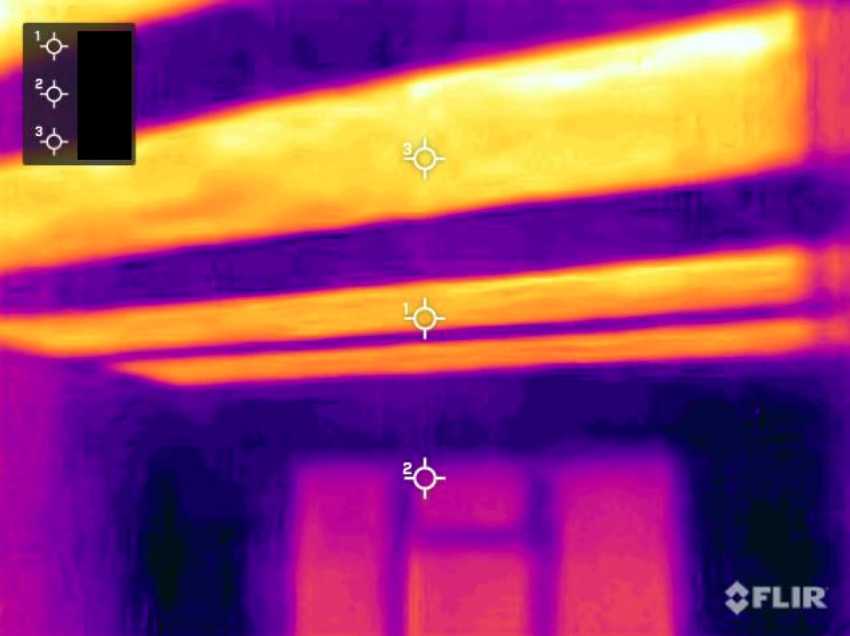Comfort warmth even at lower air temperatures
Humans feel infrared in a different way to convection. With convection, we feel warm air circulating outside our skin. In contrast, Infrared passes through the air and reaches objects, including human skin, directly. We feel infrared primarily through the thermoreceptor cells which are around 0.5mm beneath the surface of our skin. Thus we can feel warm under the influence of infrared even when the air around us is cool.
This effect is important because it means that comfort warmth can be achieved by infrared with a lower air temperature than via purely convective systems. Users report that they feel comfortable with the air temperature at 18-19°C, rather than a typical air temperature under convection of 21°C. Consequently, less energy is needed to heat a room and losses due to heated air escaping via draughty windows and doors are smaller. In simple terms, less energy is lost to the external environment, even in the hardest-to-heat homes.

Fast warmup
NexGen provides comfort warmth typically in just a few minutes. Traditional convective systems heat radiators, then air, which takes a long time. NexGen skips these stages and heats people and objects directly, dramatically shortening the warmup period. As a result, homes don’t need to be heated for long periods when nobody is there, simply to make them warm enough for occupation when residents do arrive.

Zonal heating
Similarly, particular rooms can be heated only when needed. Bedrooms, for example, can be heated just a few minutes before bedtime and a few minutes before alarms go off in the morning.

Thermal storage
Since infrared heats objects directly, heat is stored in the fabric and structure of the room. Once the power is turned off, this heat energy is gradually re-radiated. In effect, the room itself has become a ‘thermal battery’. The end result is that the room stays warmer for longer, reducing energy needs and increasing the overall efficiency of the heating system.

Window glass reflects far infrared
Infrared is largely reflected by glass, so instead of losing energy through the windows, infrared created by NexGen inside a room bounces off a window and back into the room. It keeps rooms warmer for longer, a version of the ‘solar gain’ effect.

Next section:

